No time like the present for a gift
Nov. 29 is Giving Tuesday, a national day of philanthropy. Help support the next generation of Ohio farmers.
Read MoreBob Stehli has a lifelong love of chestnut trees, and a passion to create just the right hybrid combination to make them disease and insect resistant. The experiment is ongoing.
When Bob Stehli was a young child of six or seven he would listen to his grandparents tell stories from their youth about an abundance of American chestnut trees that had been felled by a fungus by the time Stehli was in elementary school.
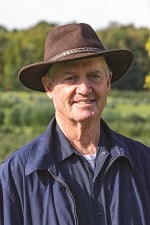
“They talked it up so much that it got me really interested in it and at that time, there were chestnut stumps all around this part of Ohio,” Stehli said while standing in the midst of his chestnut orchard at Wintergreen Tree Farm in Mantua. “You could see these old stumps and they kind of inspired you to think of what the forest was probably like with those great big chestnut trees in it. I got this idea that maybe if you could graft one of those stump sprouts onto another tree that was resistant, then maybe that resistance would go to the chestnut that you grafted onto the tree.”
Stehli, whose father was a scientist, started a series of grafting experiments that “all died,” he said with a laugh. But he did ask his mother for some hybrid chestnut trees for his eighth birthday.
“She ordered two of them for me, from some plant catalog of some kind, and I planted those when I was 8 years old,” Stehli said. “That was my first chestnut planting. A bulldozer ran over one of them a few days later, but the other one, I think, might still be alive.”
So began his lifelong love of chestnut trees, and a passion to create just the right hybrid combination to make them disease and insect resistant. The experiment is ongoing.
According to both Stehli and fellow chestnut grower and co-founder of Route 9 Cooperatives Greg Miller, the business of chestnuts is booming. Miller, a Carroll County Farm Bureau member and owner of Empire Chestnut Company, said he and Stehli are “pioneers in an industry where there aren’t enough of us to try to develop the industry.”
Miller and Stehli, who is also part of Route 9, wait until harvest is well underway before opening the online store. Miller opened online sales Oct. 1, and by the end of the next day they had almost a thousand orders. Route 9 sells mostly to a Korean and Chinese ethnic market around the U.S., including Alaska.
“In Europe, the chestnut is kind of the harbinger of fall, and just like we put up Indian corn and pumpkins and all of that, chestnuts fill that niche in some European countries,” said Stehli, who is a Portage County Farm Bureau member. “In those same countries, chestnuts are the base of the food pyramid there.”
Stehli said when an American orders chestnuts, they may order a pound, but someone who immigrated from somewhere like South Korea may want a couple hundred pounds.
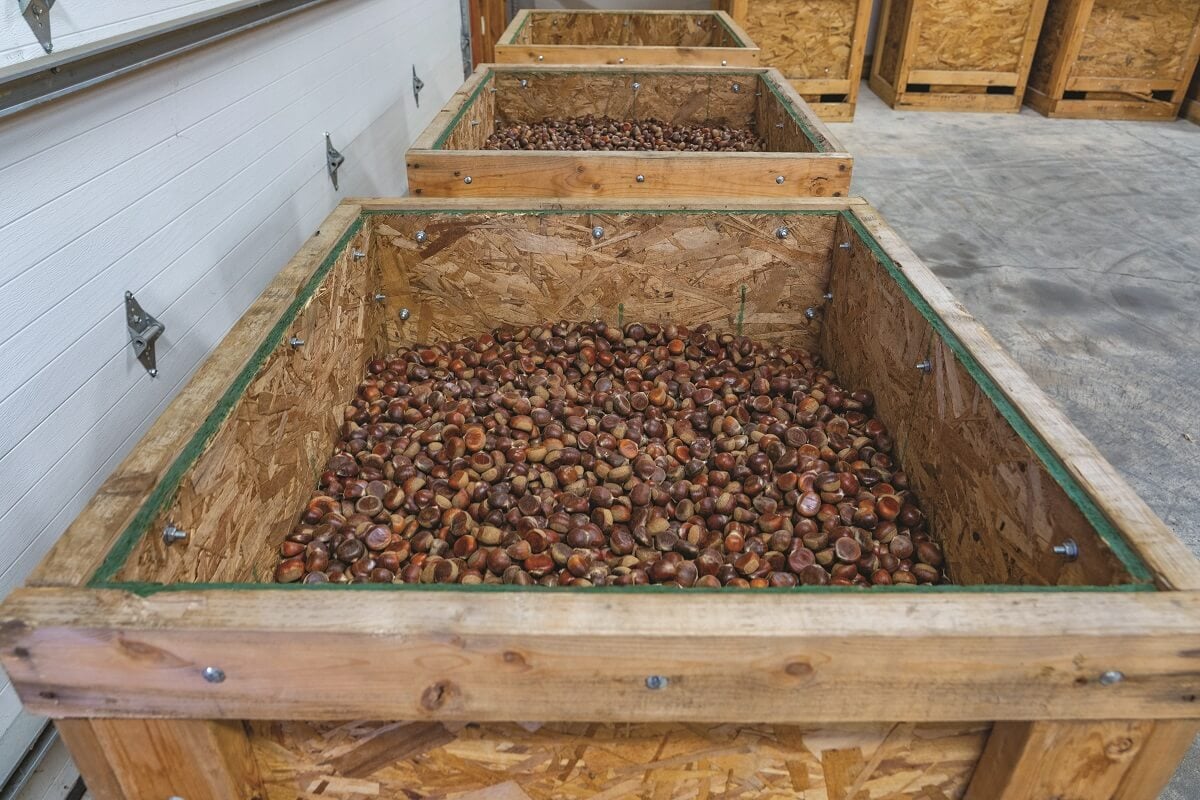
“I always say, ‘If we could get Americans to utilize chestnuts like a lot of my customers utilize them. I could plant every hilltop in Ohio with them and not have enough,’” Stehli said.
Stehli and Miller participate in an ongoing chestnut breeding program at the University of Missouri, which evaluates superior chestnut trees on farms across the eastern U.S. Stehli’s production records over decades have been invaluable to the research.
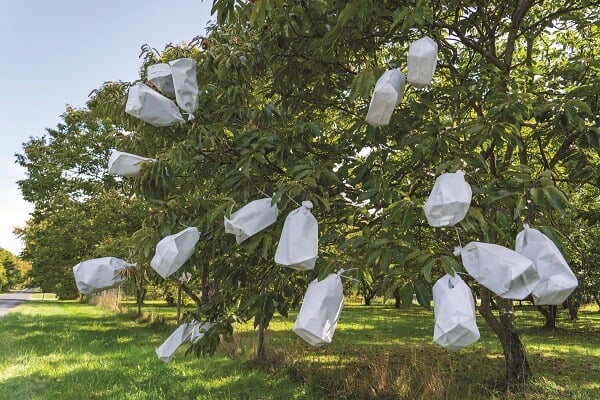
While some of Stehli’s chestnut trees are in Mantua, many are grown in Ashland County, Ohio, where he also just built a packing facility. Both men agree that genetic improvement and market demand have reached a point where chestnuts are a commercially viable crop. So why aren’t more farmers jumping on the chestnut bandwagon?
Finding suitable growing sites, the long pre-production period, production expenses, and harvest are the biggest roadblocks. For both Stehli and Miller, chestnuts are harvested by hand, after they fall off the trees. Currently available chestnut harvesting machines do not adequately work on sloping ground and during wet conditions. Finding labor to do the work hasn’t been easy. Chestnuts require cold storage because of their high moisture content, and this adds another expense.
“Chestnuts are really picky about what land they need to grow on. They need well-drained acidic soil,” Miller said. “There is a lot of land where corn grows where chestnuts won’t grow.”
Stehli agreed, and said climate plays a part as well. “Microclimate is a really squirrely thing. It’s hard because there are a lot of different variables involved in it and it’s hard to figure it out. But what I found in this part of Ohio is once you get away from the lake a bit, you just mainly want to be on the high ground that has the best upland soils.”
For Stehli, there is a higher purpose to all the experimenting and growing of the chestnut industry he, Miller and a handful of other nut growers in Ohio do and have done for decades. He worries about deforestation and saving the chestnut trees themselves.
“There’s not going to be a forest in the next couple of hundred years,” he said, citing overpopulation, development, and the need for agricultural expansion as the main causes. “My focus became (making) chestnuts, something that man depended on, to make it into a real crop that people can grow, that they can make money on. Because I think that’s the only way (the industry and the chestnut species) will really be saved long term.”
Carbon harvesting is another positive of chestnut orchards, Stehli said. “We’ve studied in our orchards, and besides the carbon sequestered in the trees themselves, the amount of carbon in the soil continues to go up. It’s doing all the things that we need to do right now. The soil in our orchards actually gets better instead of getting depleted and washed away.”
Chestnuts currently sell for about $4 or $5 a pound. Chestnut trees begin producing at about 5 years of age and reach full production at age 15-20. It takes the patience of Job, before a chestnut farm – or any orchard – makes money for a farmer. Stehli, who was in the roofing business before establishing first a Christmas tree farm and then his chestnut operation, said his only wish is that he would have started sooner.
“I took a long hiatus from chestnuts, trying to make a living in the workaday world and trying to get enough money to be able to buy my own farm. I wish I would have started earlier, but I started early enough to make it work and I’ve not given up,” he said. “It’s one of the things I love about going to nut growers association meetings. You talk about patient people and people that have their eye on the future. I have never been among a group of people that were all like that, and they’re so optimistic. A couple times I’ve been almost ready to quit and I’ll go in and talk to some of these guys that are 90 years old that are still planting pecan trees and it kind of lightens up your world a little bit.”
 Chestnuts are often called the “grain that grows on trees.” Indeed they are used for flour and even confections in many parts of the world. Stehli said they are a “very nutritious food. They are high in complex carbohydrates that are better for you to digest and don’t hit you with a big sugar high. And they’ve got proteins mixed in and even vitamin C. So, they’re a great source of some micronutrients, too.”
Chestnuts are often called the “grain that grows on trees.” Indeed they are used for flour and even confections in many parts of the world. Stehli said they are a “very nutritious food. They are high in complex carbohydrates that are better for you to digest and don’t hit you with a big sugar high. And they’ve got proteins mixed in and even vitamin C. So, they’re a great source of some micronutrients, too.”
Roasting chestnuts over an open fire might not be the best way, despite what Nat King Cole croons in the popular Christmas classic. Stehli scores chestnuts crossways and throws them in the microwave for about 60 seconds, afterward eating them right out of the shell.
Video: Bob Stehli tour of his farm
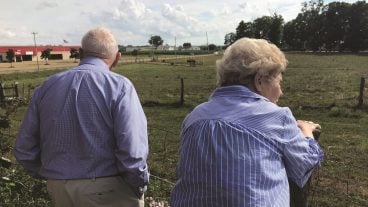
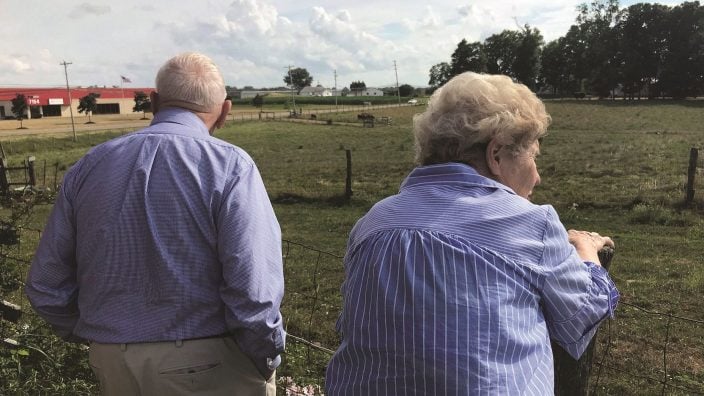
Nov. 29 is Giving Tuesday, a national day of philanthropy. Help support the next generation of Ohio farmers.
Read More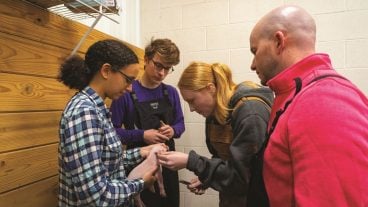
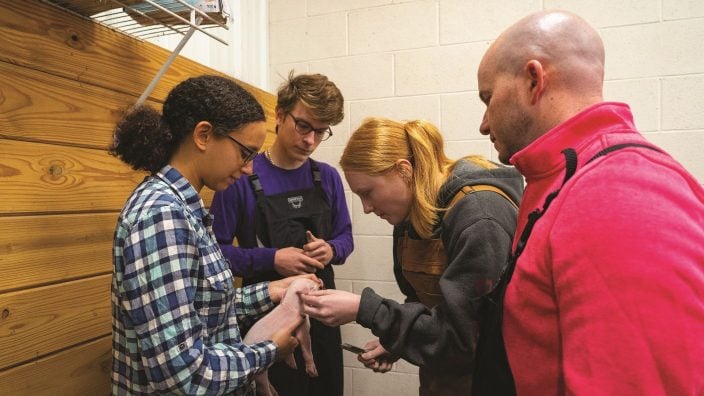
University of Findlay encourages students to become large-animal veterinarians or, at the very least, mixed-practice veterinarians.
Read More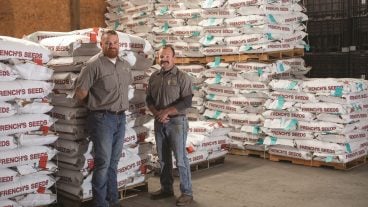
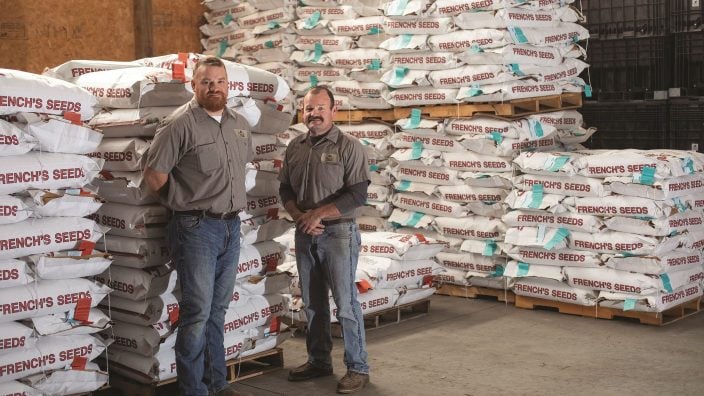
Spelt is a popular alternative to wheat as it can be grown on low fertility soils and is high in dietary fiber, protein and whole grain carbohydrates and rich in other essential nutrients.
Read More

Bob Stehli has a lifelong love of chestnut trees, and a passion to create just the right hybrid combination to make them disease and insect resistant. The experiment is ongoing.
Read More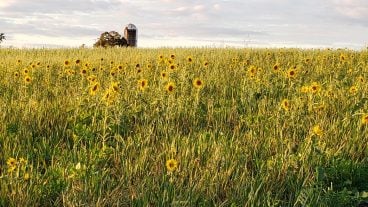
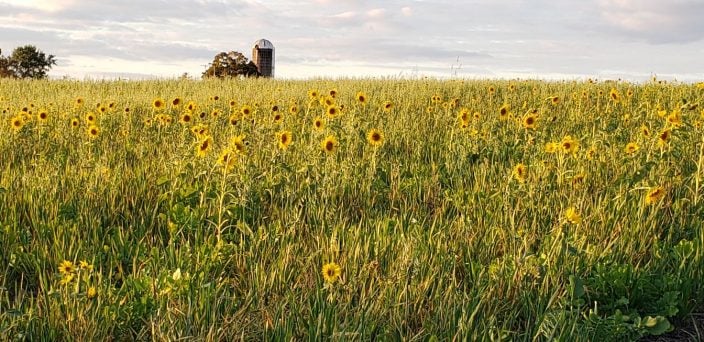
Consult with your farm’s team of trusted advisers in drafting your next farm lease. That includes your lender, accountant, attorney and insurance provider.
Read More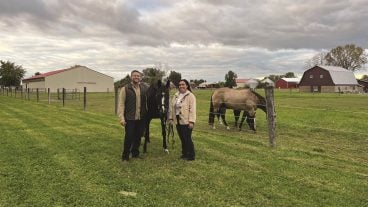
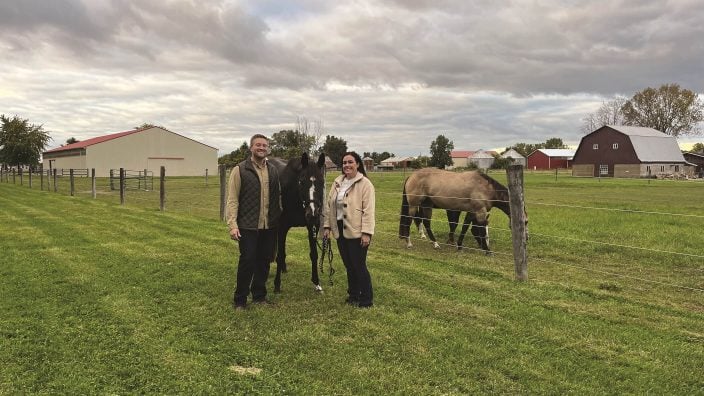
‘When we upsized to a home with facilities for livestock, we were relieved when Nationwide again provided the best coverage options amongst the several companies we compared.’ ~ Bo Harstine.
Read More
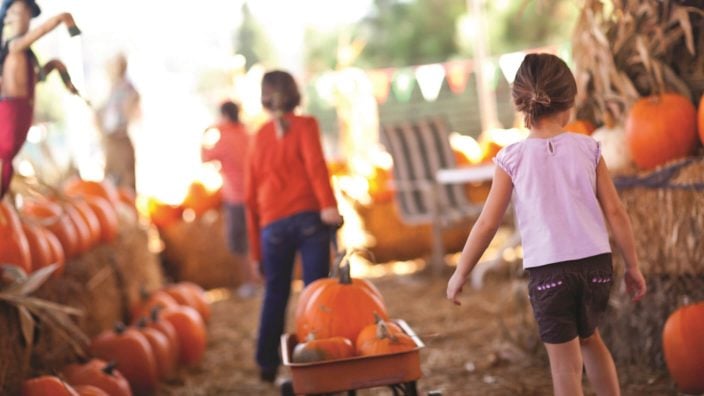
Before adding agritourism to your farm or ranch, think about the specific risks you and your visitors will face and how you’ll mitigate them.
Read More
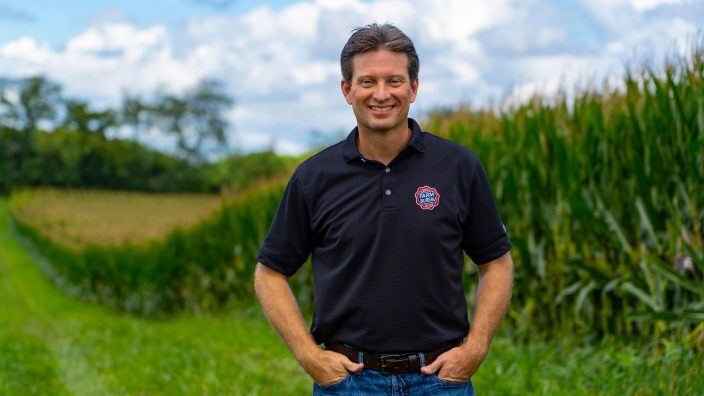
In today’s world of higher prices for just about everything, we often find ourselves asking if we are truly getting what we pay for. But when it comes to your Ohio Farm Bureau membership, the value far exceeds the dues you pay.
Read More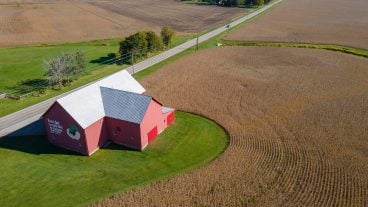
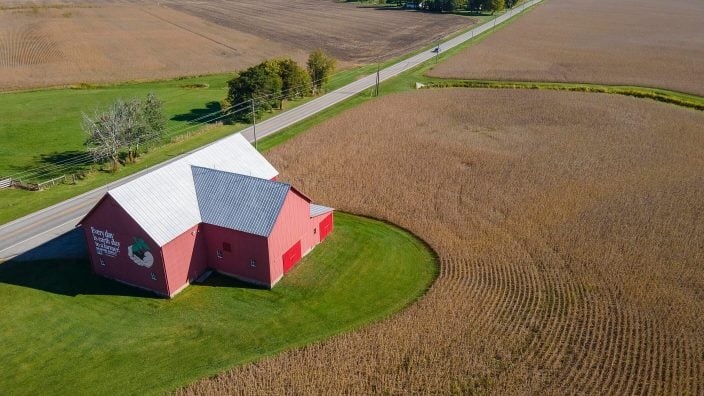
When ODOT initially unveiled its US Route 23 proposals, the Skinner family saw red flags all over the place and the need to take action.
Read More